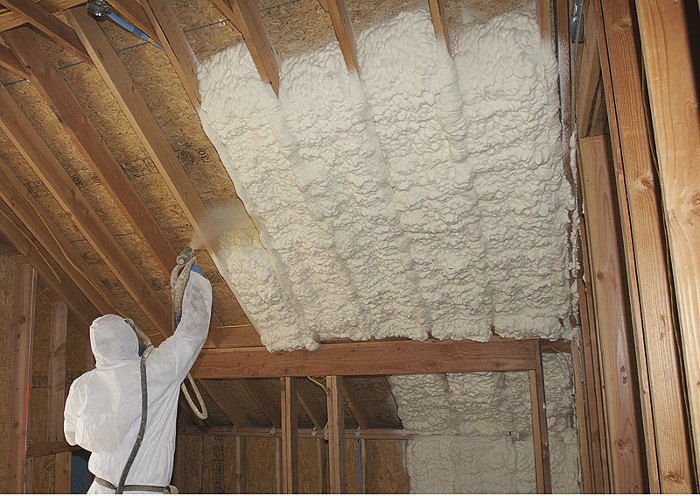Boost Services Heating and Cooling Pasadena
How Does Insulation Work

In principle most of the insulation materials perform the basic task of insulation by minimizing conduction heat transfer with some reduction of convection heat transfer. There is therefore reflective insulation and radiant barriers which aim at reducing transfer of radiant heat. For these systems to work properly though, one side of the reflective surface has to be facing an air gap.
Heat flows from regions with high heat to regions with less heat this process continues until equilibrium is reached. In winter, warmed air starts to flow from heated rooms, like living spaces, to cold zones, including unheated zones like the attic, garages, or outside. It can also move through ceiling, walls, and floor where electrical wires are laid down as conduits. On the other hand, during summer, heat invades cooler spaces in the building.
In order to have a desirable indoor environment, heating systems must make good the losses in winter, and cooling systems must get rid of heat in summer. Heat conduction and radiation are main types of heat flow and if they are controlled properly the heat flow of your home can greatly be reduced, hence making your home an energy efficient home.
Things To Consider Before You Buy HVAC Equipment Online
Research energy efficiency ratings, verify the seller’s credibility, review return policies, and ensure the equipment suits your home’s heating and cooling requirements before making a purchase.

